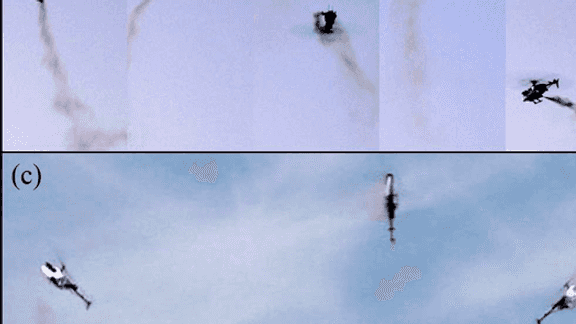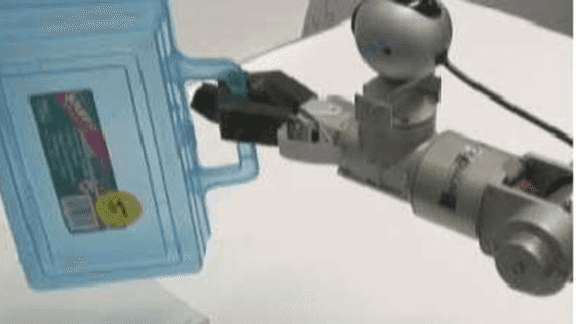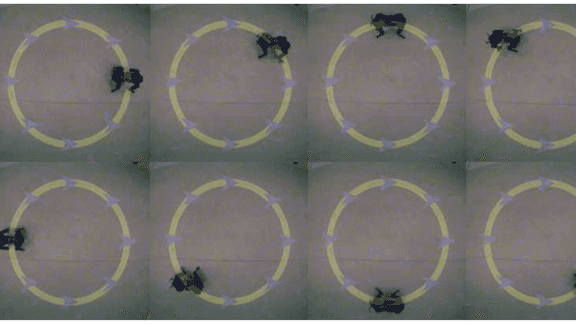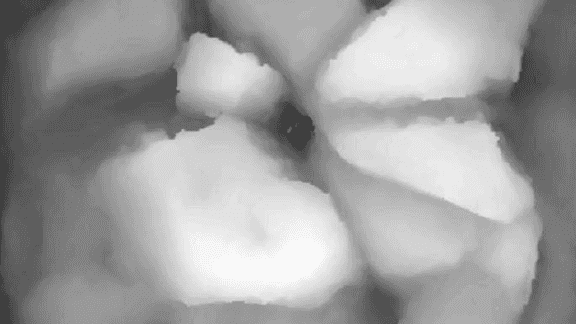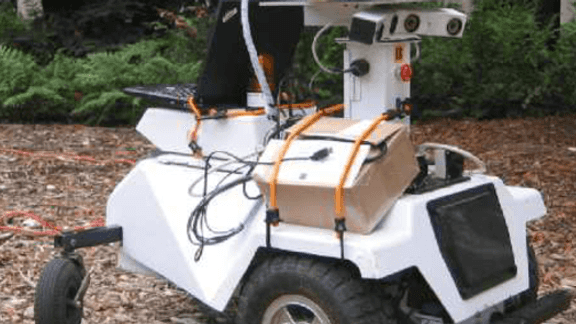Efficient Sparse Coding Algorithms
Sparse coding provides a class of algorithms for finding succinct representations of stimuli; given only unlabeled input data, it discovers basis functions that capture higher-level features in the data. However, finding sparse codes remains a very difficult computational problem. In this paper, we present efficient sparse coding algorithms that are based on iteratively solving two […]
